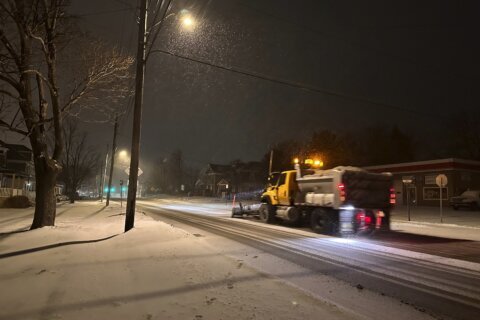On a Philippines beach, barefoot children jumped and played on shoals of plastic washed ashore in previous typhoons.
Much of the world’s plastic garbage winds up in rivers that eventually carry it into the oceans. Along the way, it’s often ingested by fish, birds and other wildlife, like the trio of coots picking their way through the plastic refuse cluttering a Serbian river.
Plastic, a wondrously versatile material that can be contorted into endless shapes useful in everything from construction to packaging, is also a scourge.
It’s a problem that nations are trying to tackle in South Korea, where a final round of negotiations is underway on a legally binding treaty aimed at solutions.
Its use has exploded in the last half century, and global production is projected to reach 736 million tons by 2040, up 70% from 2020, without policy changes, according to the Organisation for Economic Co-operation and Development.
Only about 9% of that is recycled, and much of the rest winds up in the world all around us.
In Johannesburg, South Africa, a net trapped plastic garbage on the Juksei River, giving volunteers a chance to clean it up.
In Jakarta, Indonesia, roadside garbage piled so high it threatened to elbow its way into traffic. And in a New Delhi shanty town, with seemingly every inch of the landscape choked with plastic waste, bags awaited sorting by collectors who hope to resell it.
And in Saint-Marc, Haiti, a boy took in an ocean sunset from a perch surrounded by plastic and other garbage.
___
The Associated Press’ climate and environmental coverage receives financial support from multiple private foundations. AP is solely responsible for all content. Find AP’s standards for working with philanthropies, a list of supporters and funded coverage areas at AP.org.
Copyright © 2025 The Associated Press. All rights reserved. This material may not be published, broadcast, written or redistributed.







